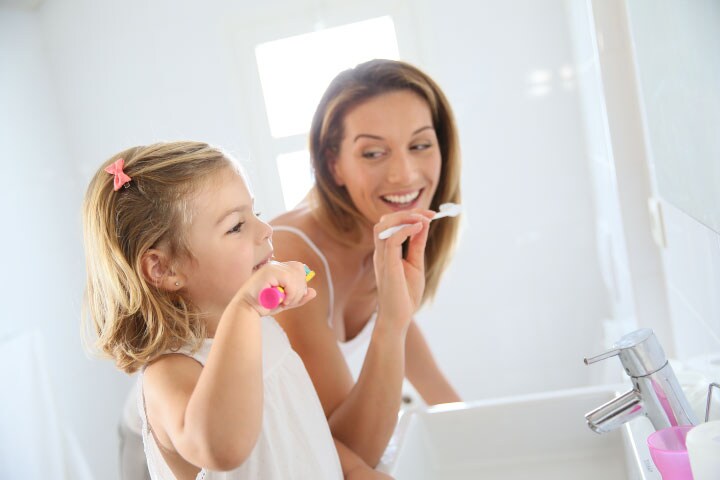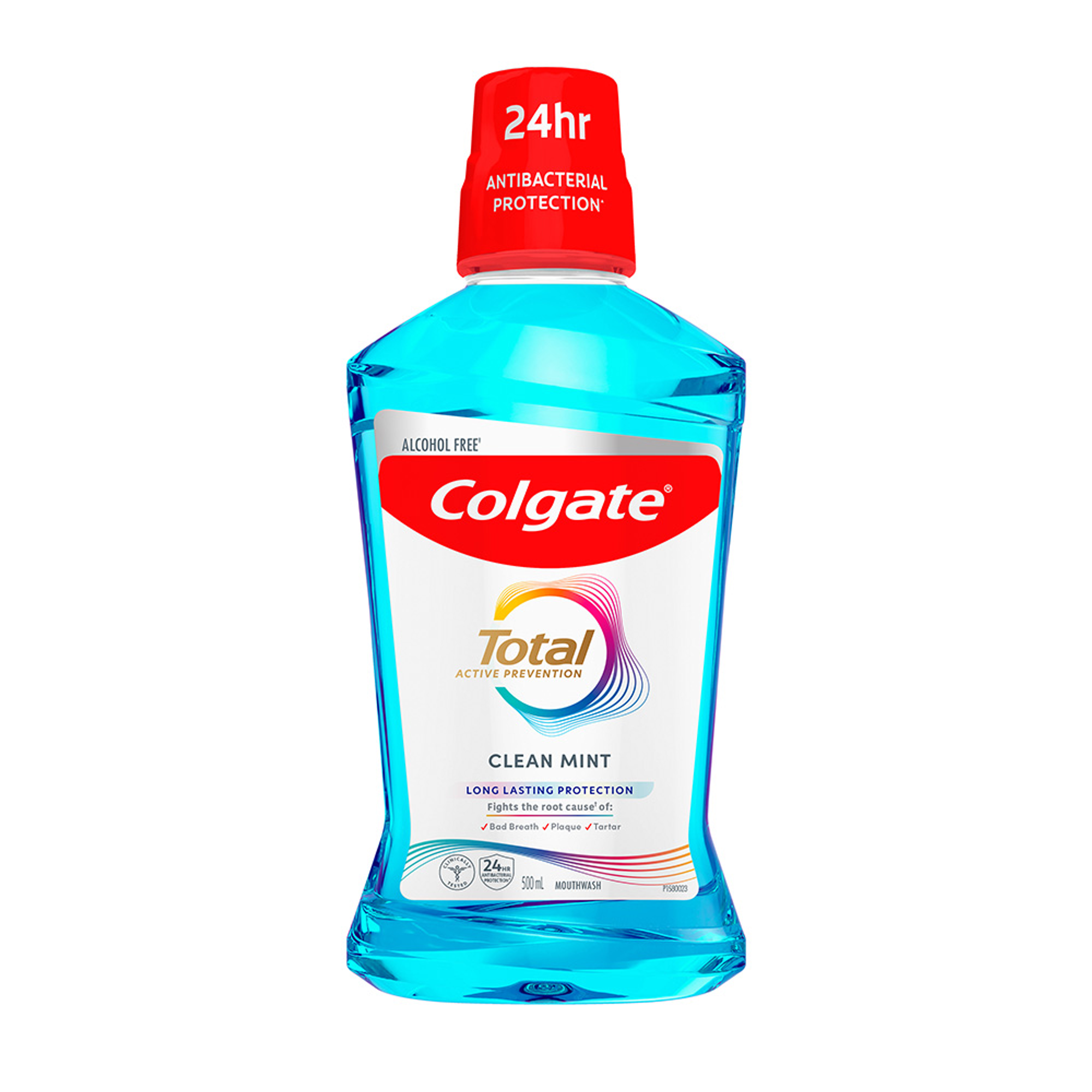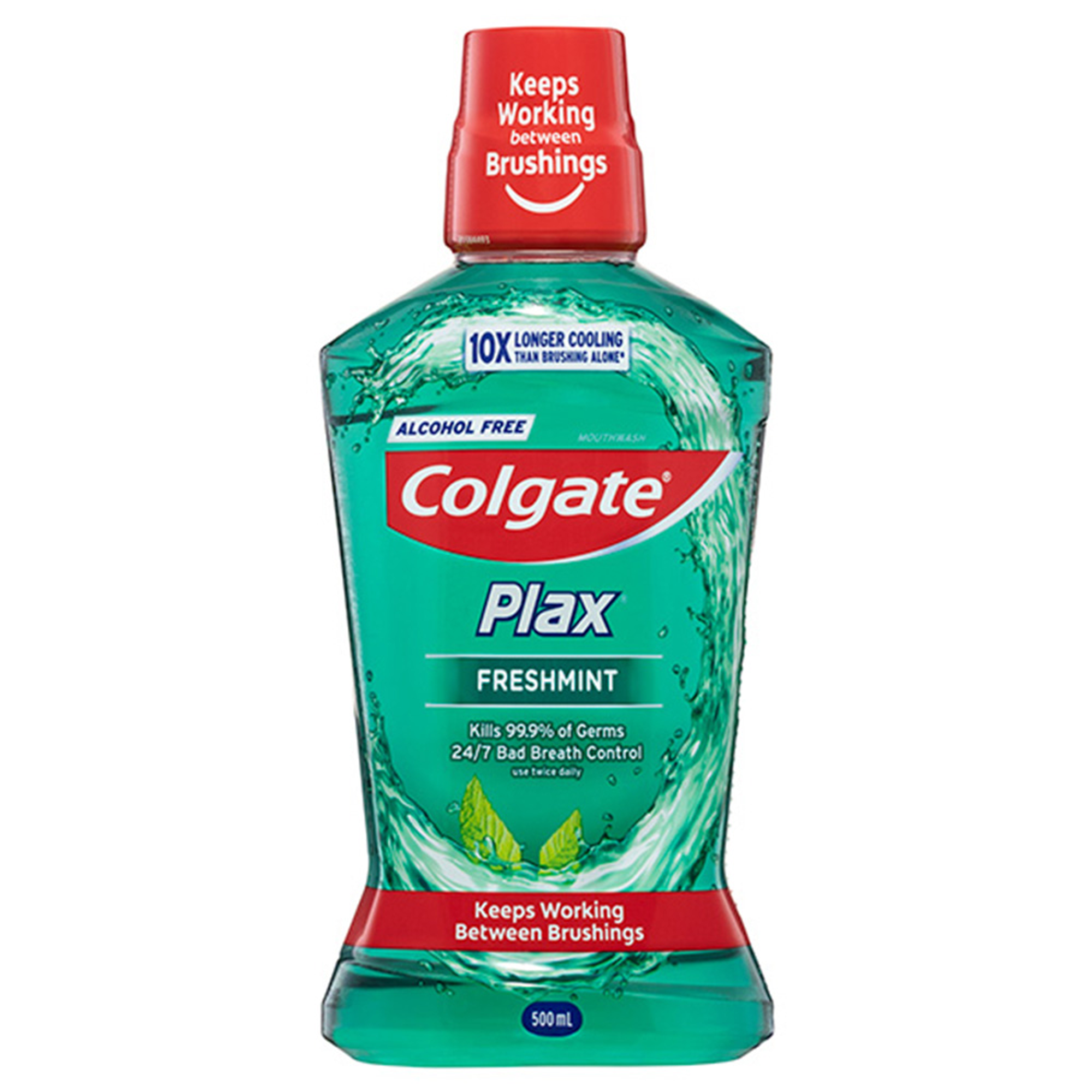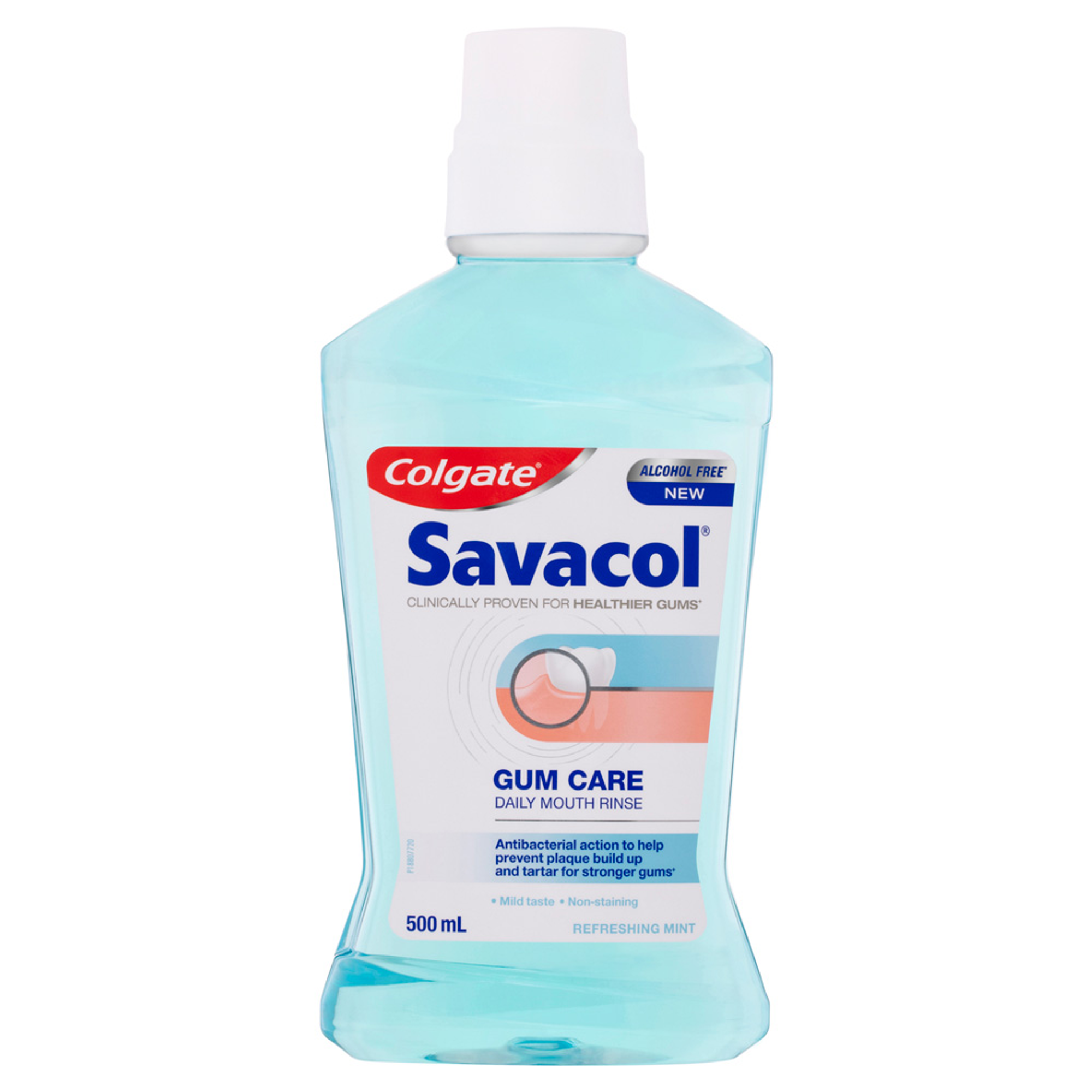
Putting relationships centre-stage
Oral diseases such as dental caries occurs at a high rate in young children. For oral health professionals (OHPs) there are many challenges of delivering dentistry to children. Irregular dental visits, pain, poor oral hygiene practices, poor diet, fear and anxiety of dental treatment are amongst some of the most common factors that would decrease motivation in attending dental appointments or completing a treatment. Along with dental treatment OHPs need to help children develop positive attitudes about oral health which will have a positive impact on future behaviours. Oral health care (OHC) includes restorative treatment, preventative care, motivational interviewing and education. The effectiveness of these methods is not derived solely from the OHPs clinical competence but also from the ability to create an effective relationship with the patient.
To promote a positive relationship with your patient, get to know them and their families. Notes on their chart will also help create prompts for future conversations. Allow the patients to communicate their thoughts and fears and use reflective listening techniques. Observe their behaviour throughout the appointment and use the “tell, show, do” method to help them feel comfortable. “If children feel safe, they can take risks, ask questions, make mistakes, learn to trust, share their feelings, and grow.” [Quote: Alfie Kohn]. For the child's first visit create positive imagery that will motivate them to visit again, and provide positive reinforcement such as stickers, colouring activities, hygiene packs if available or praise their efforts.
Education can change direction
As the saying goes, prevention is better than cure. Motivating patients to change oral health behaviours is difficult at times. Finding ways to tailor oral health messages to individual patients and keeping patients engaged is challenging. Motivating young patients should begin early. Reinforcing regular oral health checks at least two times a year is important. Messages should be consistent yet adaptable to individual needs. Educational resources are constantly evolving to help engage our young patients such as mobile apps, videos, books, games and rewards charts. These can be used as extra tools.
Brushing twice daily with fluoridated toothpaste, brushing for two minutes, spitting with no rinse, flossing when adult teeth erupt and eating a healthy diet are key messages that can be delivered in fun ways. Start with a demonstration in the clinic and provide them with a rewards chart so parents can help monitor their progress. Encourage patients to bring their toothbrush and show how they brush their teeth. Use plaque disclosing tablets to further motivate children to remove plaque. At home parents can brush alongside their kids as an activity and provide assistance. Here are some tips to help parents get started:
Involve kids in choosing their dental care products. Allow the child to pick a toothbrush that they like. Manual toothbrushes are a good start. Once the child develops good habits, electric toothbrushes can be an option, some may have guided apps. There are pros and cons of using electric toothbrushes. Provide information so parents can make an informed decision. Children would need to be supervised to reduce the risk of over brushing. Finding a tooth brushing app that’s fun is a great way to get children excited about brushing their teeth every morning and night. Helping kids brush their teeth effectively at a young age encourages them to create healthy oral health habits. Alternatively, periodic reinforcements can be given with a toothbrushing chart or rewards chart. Children can also bring this to appointments to show how well they are doing. Choose a child friendly toothpaste that does not have a strong flavour. Introduce parents to a product guide such as https://www.colgate.com.au/products/kids where they can learn about toothbrush designs, read reviews and find information.
Use resources. To help children understand dental decay, the importance of brushing and other dental related topics a variety of resources can be used to help patients understand about oral health and help prepare them for their dental visit. Following are some resources that look at different learning styles: auditory, visual and kinesthetic.
Books: The tooth book by Dr Seuss, My first visit to the dentist by Eve Marleau, The Berenstain bears visit the Dentist by Stan Berenstain, Sugarbug Doug: All about cavities, plaque and teeth by Dr Ben Magleby
Mobile Applications: Brush DJ App - using music to motivate children to brush for 2mins, Toothsavers app
Games: https://www.colgate.com/en-us/oral-health/kids-oral-care/the-best-teeth-games-for-kids, Play doh - Drill ’n Fill Dentist, Zoo dentist: kids doctor games (mobile), https://www.colgate.com.au/oral-health-education
Videos: “What causes cavities?” Mel Rosenberg, “Brush your teeth, Finny the shark”, “My first visit to the dentist” by My kids dentist, “Adventures in the Molar System” https://www.youtube.com/watch?v=9t1BDCh0L_k
Songs: “Brush and floss” from the American Dental Association, “Toothbrushing song” from EZTales, “Kids just love to brush” from Sesame Street, “The sweet life” song from Adventures in the Molar System.
Oral health education resources: https://www.colgate.com.au/oral-health-education/educational-resources?filter=for
Children need motivation not judgement
Children are recognized as health consumers and can give OHPs access to their views and experiences of oral health care. Giving them chances to express their own world view, allowing them to have a legitimate voice, will empower them to be more involved in discussions about treatment and given responsibility for their own care. OHPs should adopt a non-judgmental approach when teaching children about oral habits. For example, a filling should not be treated as a “punishment” for not brushing or flossing but instead have a conversation with patients about why a filling is required or what can be done about a hole in the tooth. Motivational Interviewing has been demonstrated to be effective in changing behaviours. It can be a brief intervention or an extended one over a period. Evoking a patient’s intrinsic motivation to change enhances the relationship between clinician and patient. Providing the patient a safe environment to communicate their ideas, thoughts and motivations will consequently improve learning and oral health outcomes because they are invested in their own care. To help empower our young patients utilise techniques that will help access both intrinsic and extrinsic motivations. A thorough background and medical, social, family history will be a good starting point.
Acharya, S. (2019). Motivational interviewing in paediatric dentistry: Role in behaviour management. Journal of South Asian Association of Paediatric Dentistry, 2(2), 69-72
American Academy of Paediatric Dentistry. (2020). Behaviour guidance for the paediatric dental patient. The Reference Manual of Paediatric Dentistry. 321-339
Carlisle, L. D. (2014). Motivational Interviewing in Dentistry: Helping people become healthier. Adjuvant New Media.
Colgate (2023). Choosing the best toothbrush for your kids. Retrieved from https://www.colgate.com/en-us/oral-health/selecting-dental-products/kids-toothbrushes-what-to-buy-for-your-child#
Christine Murthi is an Oral Health Therapist. She also has teaching/tutoring experience spanning more than ten years. Through this teaching experience combined with her diverse cultural background she has developed a passion for connecting with the community and students. Recently she joined Auckland University of Technology as a clinical educator. She is also currently working on her Masters in Health Science qualification. As a member of the Colgate Advocates for Oral Health: Editorial Community, her contributions to the dental community aim to highlight the importance of preventative care and strengthening this with oral health education.
Join us
Get resources, products and helpful information to give your patients a healthier future.
Join us
Get resources, products and helpful information to give your patients a healthier future.











